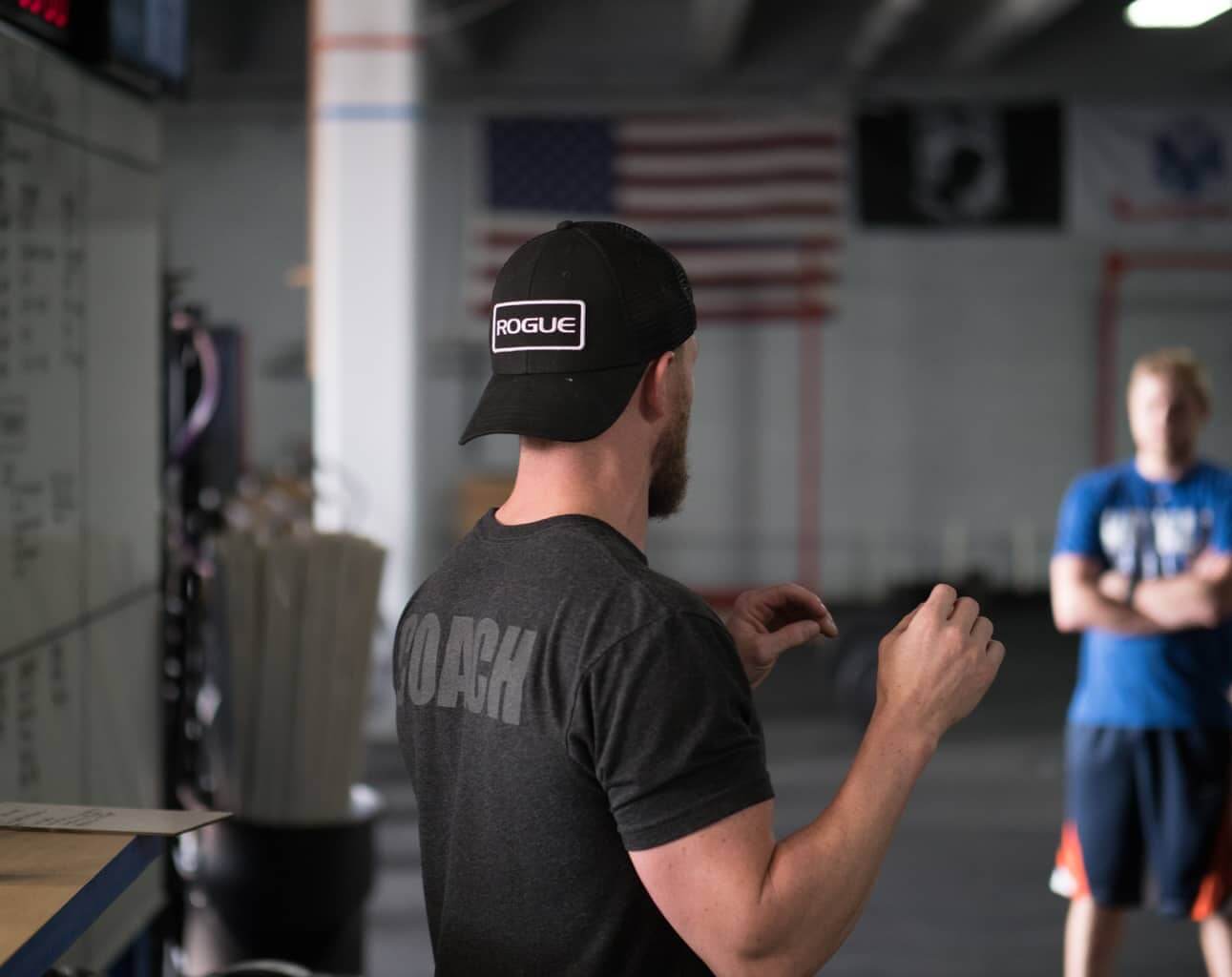Over the last five years years we’ve had the pleasure of introducing hundreds of people to working out, nutrition, and overall health for the first time. Of all the accolades we’ve received, I think the award for Kansas City’s “Best Workout for Anyone Who Hasn’t Worked Out in, Like, a While” is my favorite. Our goal has always been to bring outsiders into fitness. Fitness is confusing to navigate. Between the “gurus”, weird products, and bro-science most people remain on the fray. But, if you’re gung-ho on kicking off a workout routine, here are 5 mistakes nearly every beginner will make.
1. Too Much of a Workout Too Soon
I get it. You’re fired up to go out there and get after it. Maybe you’ve eaten your last full bag of peanut butter M&Ms and you feel some shame. Maybe you have a wedding coming up. Maybe you just got over a terrible break-up. Whatever the case, your feelings of motivation will inhibit your ability to take a sustainable approach. You’ll try to change too much and will lose those bubbly motivation feelings after about six weeks. My advice: Don’t even join a gym when you feel ready to start something. Just wake up 30 minutes earlier than you typically do, make your bed, and go for a walk. Gyms prey on these early stages of motivation and will lure you in with low monthly fees (plus a long contract and a “facility fee”… what the hell is a facility fee?) knowing full well you won’t be around in a few weeks.
2. Your goals are… well… bad.
- I want to get in shape
- I want to lose some weight
- I want to lose belly fat
I hear these all. the. time. What does that even mean? Most people tend to recite the goals they’ve heard from their friends or on magazine covers without pausing to understand what commitment is actually involved. Let’s take “lose some weight” as an example. Lose what? Water? Muscle? Fat? A limb? All of those things will result in lost weight. Only one of them (fat) is the type of weight you want to lose. So how are you going to measure that? Furthermore, do you know how much will be required of you from a nutritional standpoint? Are you willing to give up alcohol throughout the week? My point is that flippantly saying “I’d like to lose 20 pounds.” without having a conversation with an honest professional (if they can’t accurately measure body fat… RUN) about what losing 20 pounds of fat looks like is a guaranteed failure. My advice: Choose mini goals along the way; something that can be completed in less than 12 weeks. Things like: “get my first push-up” or “eat vegetables everyday” tend to be more attainable and allow you to feel victorious before your BIG goal is reached.
3. Too Much Cardio
Cardio is great. Cardio is important. But, if your workout plan hinges on long, slow distance training (25 minutes+ at a moderate pace) your fitness improves will stall at 12 weeks. Magically, this is where most people fall off the workout wagon. So, why is cardio so popular for beginners? First of all, it isn’t intimidating. Running is basically sped-up walking, right? The elliptical looks safe. I don’t want to head to the douche-zone with all the bro lifters. Secondly, cardio provides early feedback. When you first start jogging, biking, or hitting the elliptical you’ll probably see the scale shift a little. Yay! You lost some weight! But what did you lose? If it’s within a few weeks starting, you probably just lost some bloat; water. Next, you may waste some lean tissue (muscle), BUT THE SCALE IS GOING DOWN! After about 12 weeks, the scale stops moving as much so you lose motivation. Your attendance becomes spotty and you fall of the workout wagon. Now, you gain back all the weight you lost PLUS some. If your workout is over-leveraged in the cardio department, your metabolism will inevitably slow down. Not only do you need to burn calories during your workout, but you’ll need to do things that increase your metabolism throughout the day (this is when you burn the vast majority of your calories). My advice: Find a good coach or trainer to put together a program for you. The program should include a couple cardio sessions per week, a couple heavy lifting sessions per week, and a couple High Intensity Interval Training sessions per week. If you’re not hitting each of these, you’re missing out.
4. Not Enough When You’re Ready
The opposite of #1 is the “you’re doing great, but it’s time to step it up” principle. If you’ve made it to the 6-12 month mark of consistent workouts, you’re shifting from beginner to novice in the workout department. You no longer need motivation to hit a workout, because you’ve developed a habit. Don’t confuse habit with routine. Habits are great, routine is the enemy. In exercise science, we call this the SAID Principle, or Specific Adaptation to Imposed Demands. In layman’s terms – you can’t keep doing the same things at the same intensity, weight, and duration to continually see results from the workout. What’s the definition of insanity? Repeatedly doing the same things and expecting the different results. You must mix it up; progress to heavier weights, faster runs, and more intense intervals. Or another way of saying this: You GET to mix it up. Keep it interesting; “gamify” exercise. This will keep you coming back for the long haul. My advice: If you find yourself at that 6 month mark and your workout routines look pretty much the same each day, it’s time for a change. It’s important to recognize the difference between day-to-day variance and intra-workout variance. If every day, you’re doing intervals for 30 minutes from bike to rower to dumbbells to crunches that’s not varied. Yeah, you’re doing different things within that training session, but you’ll adapt to that stimulus pretty quickly. Now, if you do that interval one day and the next day you do a heavy set of 5 front squats – that’s variance.
5. You’re an Island
Here’s one thing I can say with absolutely certainty: No one ever starts a workout routine on their own and sticks with it for 10 years. No one. There’s one caveat: People that experience a traumatic event or health scare are able to do this. I hope this won’t be the case for you. You absolutely need a training partner, a coach, or a trainer. Change does not happen independent of outside influence. Every psychological behavior model of change has some type of interpersonal context around which participants have outside support. If you’re starting a workout routine, elicit some help. My advice: Don’t fool yourself – if you start hitting the gym solo, you won’t be at it in a year. If you are, you certainly won’t be abiding by the SAID Principle. Find a training partner and hire a coach together – you’ll typically receive a break off personal training rates. Keep each other accountable; start a text thread with some friends. Do it together.
If you’re just starting off in your workout routine, it’s important to go into it excited but aware that you’ll lose motivation quickly. Recognize which of these 5 mistakes you’re committing and make a quick course correction.





